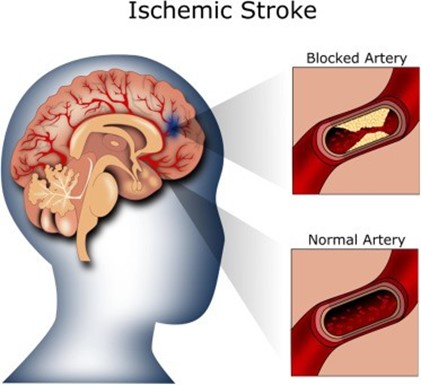A nurse is teaching a client who has AIDS and wishes to continue self-care at home despite living alone.
Which of the following actions by the nurse demonstrates client advocacy?
Tell the client to avoid places where there are large crowds of people.
Instruct the client to avoid eating raw vegetables.
Remind the client of the importance of medication adherence.
Initiate a referral for the client to a home health agency.
The Correct Answer is D
Initiate a referral for the client to a home health agency.
This action demonstrates client advocacy because it empowers the client to continue self-care at home while also providing them with additional support and resources through the home health agency.
Choice A is wrong because avoiding large crowds of people is a precautionary measure but does not demonstrate client advocacy.
Choice B is wrong because avoiding raw vegetables is a dietary recommendation but does not demonstrate client advocacy.
Choice C is wrong because reminding the client of the importance of medication adherence is important but does not demonstrate client advocacy.
Nursing Test Bank
Naxlex Comprehensive Predictor Exams
Related Questions
Correct Answer is A
Explanation

This can help prevent dizziness and loss of balance, which are common symptoms of Ménière’s disease.
Choice B is not correct because range-of-motion exercises to the client’s neck every 4 hours are not a standard intervention for Ménière’s disease.
Choice C is not correct because aspirin is not always the recommended medication for headaches associated with Ménière’s disease.
Choice D is not correct because limiting fluid intake is not a standard intervention for Ménière’s disease.
Correct Answer is A
Explanation
The nurse should ensure that the client is discharged with antithrombotic pharmacologic therapy.

Antithrombotic medications help prevent blood clots from forming and can reduce the risk of another ischemic stroke.
Choice B is wrong because diuretics are used to treat fluid retention and high blood pressure and are not typically used for stroke prevention.
Choice C is wrong because anticonvulsants are used to prevent seizures and are not typically used for stroke prevention.
Choice D is wrong because opioid analgesics are used to treat pain and are not typically used for stroke prevention.
Whether you are a student looking to ace your exams or a practicing nurse seeking to enhance your expertise , our nursing education contents will empower you with the confidence and competence to make a difference in the lives of patients and become a respected leader in the healthcare field.
Visit Naxlex, invest in your future and unlock endless possibilities with our unparalleled nursing education contents today
Report Wrong Answer on the Current Question
Do you disagree with the answer? If yes, what is your expected answer? Explain.
Kindly be descriptive with the issue you are facing.
